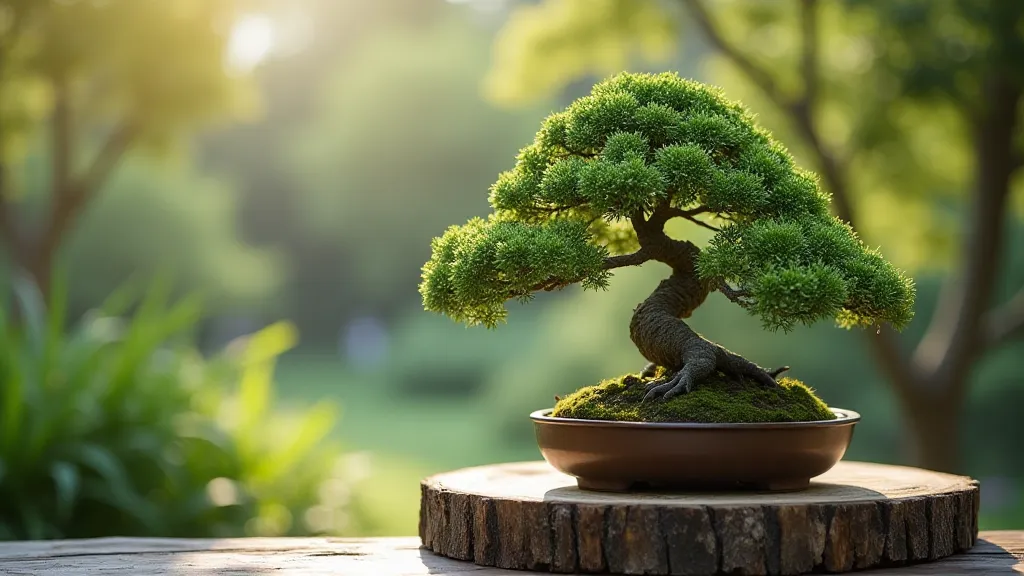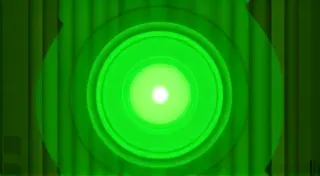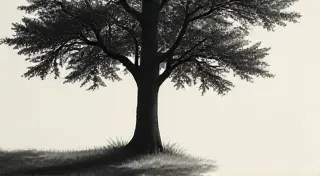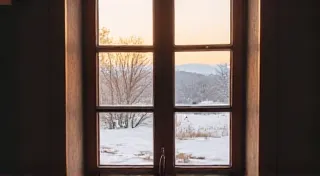Sculpting Silence: The Juniper's Narrative and the Art of Styling
There's a profound quietness about a well-aged juniper. It's a stillness that isn’t empty, but brimming with the memory of windswept hills, of scorching summers and silent winters. It’s a quietude that resonates deeply, and it's this very quality that drew me into the world of bonsai, specifically the cultivation and styling of these remarkable trees. The juniper, with its resilience, its character etched in every twisting branch and weathered scale, is more than just a plant; it's a storyteller. And as a bonsai artist, our role isn’t to impose a design, but to patiently reveal the story already written within.
My own journey began not in a nursery, but in the dusty attic of my grandfather. He was a collector, a man of quiet obsessions. Amongst the forgotten heirlooms and yellowed photographs, I discovered his collection of antique accordions. Each one, a testament to a bygone era, each button a potential melody lost to time. There was a peculiar symmetry to them, a connection to the natural world despite their mechanical complexity. The wood, often juniper, spoke of forests and craftsmanship. Their bellows mirrored the growth rings of the tree, a visual echo of seasons passed.
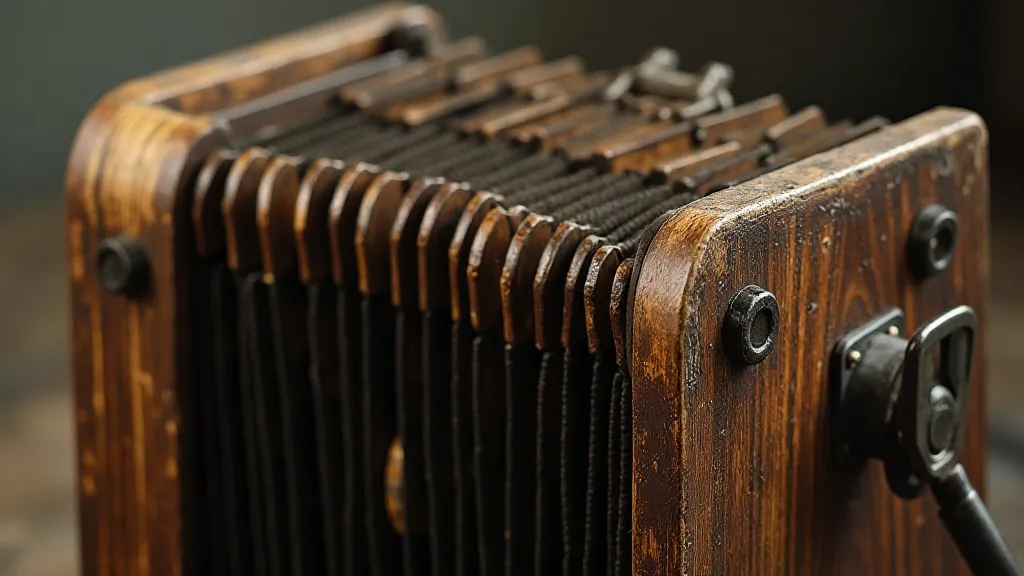
It struck me then – the care taken in crafting an accordion mirrored the dedication required to cultivate a bonsai. Both demanded respect for the material, a deep understanding of its limitations, and a willingness to work *with* nature, not against it. Just as an accordion player coaxes music from the instrument, a bonsai artist coaxes a story from the tree.
Understanding Juniper Varieties & Their Stories
Not all junipers are created equal. From the classic Japanese Garden Juniper (Juniperus procumbens 'Nana') known for its low, spreading habit, perfect for mimicking windswept landscapes, to the more upright and formal Itoen, each variety possesses unique characteristics that influence their suitability for different styling approaches. The Shimpaku juniper, with its striking red bark and intricate needle arrangement, offers a richness and depth that lends itself particularly well to traditional Japanese aesthetics. The blue juniper varieties, like Juniperus squamata ‘Blue Star’, offer a calming, ethereal beauty that can be stunning when contrasted with the darker tones of a moss ground cover.
Choosing the right variety is the first step in uncovering its inherent narrative. An Itoen, with its inherent upright growth, may naturally suggest a formal, cascading style. Conversely, a procumbens ‘Nana’ practically begs to be sculpted into a miniature representation of a windswept coastal cliff.
Juniper Bonsai Pruning: Listening to the Tree
Pruning, for many beginners, feels like a violent act. But it’s anything but. It's a conversation. It’s about listening to the tree's signals and responding accordingly. A vigorous, outwardly growing branch might be shortened to encourage back budding. A dead or crossing branch is removed, not as punishment, but to allow the remaining branches to thrive. The key is observation – paying attention to the direction of growth, the thickness of the branches, and the overall balance of the tree.
The best time to prune junipers is typically in late winter or early spring, before the new growth begins. Sharp, clean tools are essential to prevent disease. Remember, less is always more. A single, well-placed cut can have a profound impact on the tree’s future growth.
Juniper Bonsai Wiring: Guiding the Narrative
Wiring is where the artistry truly shines. It allows us to gently, but decisively, direct the growth of the branches, shaping them to enhance the tree’s natural character. It's not about forcing the tree into an unnatural pose, but about guiding it to reveal its potential. Consider a weathered branch on a windswept coast - it bends but doesn't break, it twists and turns with the force of the wind. Wiring mimics this, allowing you to create a sense of movement and drama.
The choice of wire – aluminum or copper – and its thickness, is crucial. Aluminum is easier to work with and less likely to damage the bark, while copper provides a firmer hold for more assertive bends. Wrapping the wire correctly, avoiding constriction, is paramount. Periodically check the wire to ensure it's not cutting into the bark. Removing the wire at the appropriate time is as important as applying it.

Juniper Bonsai Repotting: Sustaining the Story
Repotting is more than just refreshing the soil; it’s an opportunity to assess the tree's health and root structure. Juniper roots are generally vigorous, but they need to be carefully managed to prevent them from becoming root-bound. When repotting, gently tease out the roots, removing a portion of the older soil. Use a well-draining bonsai soil mix, typically a combination of akadama, pumice, and lava rock. The frequency of repotting depends on the age and vigor of the tree – younger trees typically need repotting every 2-3 years, while older trees may only need it every 3-5 years.
Common Challenges and Care Tips
Junipers, while resilient, are not immune to problems. Red spider mites are a common pest, appearing as tiny webs on the foliage. Regular inspection and preventative measures, such as providing adequate ventilation and humidity, are key. Phytophthora root rot, a fungal disease, can be devastating if left untreated. Proper drainage and soil aeration are crucial for prevention. Winter protection is essential in colder climates, protecting the foliage from frost damage.
The Resonance of Silence
The beauty of a juniper bonsai isn't just in its sculpted form, but in the silence it embodies. It’s the silence of the mountains, of ancient forests, of enduring strength. As I contemplate a finished juniper, I am transported – not just to the nursery, but to the landscapes that inspired it. And in that moment, I understand that the true art of bonsai isn’t about creating something new, but about revealing something already present, allowing the juniper to speak its own, silent story. The echo of my grandfather's attic, the resonance of an antique accordion, the whispering wind through ancient branches – all these melodies converge in the quiet beauty of a juniper bonsai. It’s a legacy of craftsmanship, resilience, and the enduring power of nature’s narrative.
